
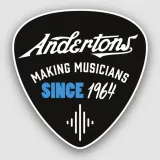
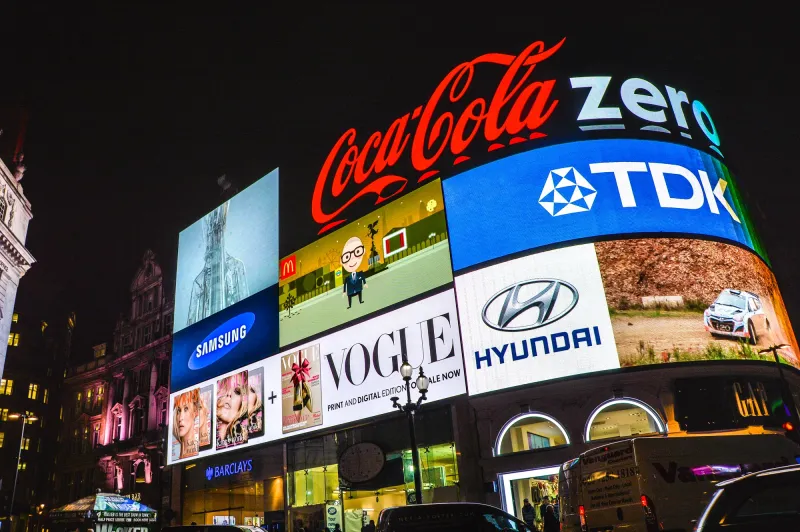
FOUR THINGS YOU HAVE TO GET RIGHT FOR YOUR BRAND
Is the world running out of potential brand names? Sometimes it can feel that way. Here we explore naming your brand.
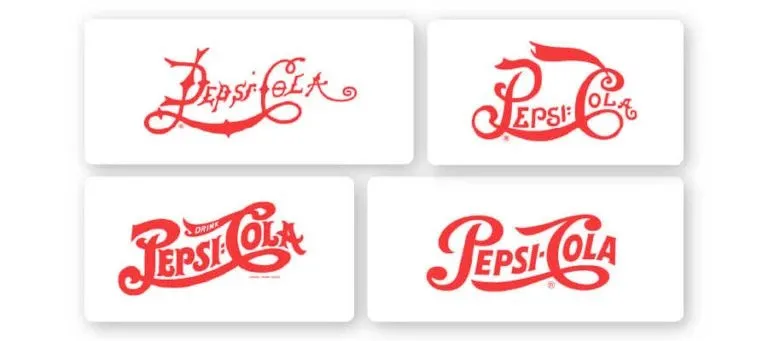
At Pull our sweet spot client is an ambitious brand turning over tens of £millions but with foundational work to do on their brand.
What often surprises us is discovering relatively large brands with basic issues that have often been rumbling on for years. So from experience we have picked 4 things we see as absolutely fundamental to have nailed down for any brand, however small, B2C or B2B. We will cover all 4 in this set of articles.
1. Brand Name & URL
2. Vision & Mission
3. Personality & Distinct Identity
4. Narrative
We often see important elements floating undefined, up for grabs, or simply not done. Sometimes multiple things.
So let’s start at the beginning. This article will focus on the importance of brand naming. Having decided what their business is going to do, the next question many entrepreneurs face is: What are we going to be called? The benefits in deciding on something that is future-proof as early as possible, and sticking with it are huge. The cost of making changes will mount with every moment your brand grows.
Brand Name
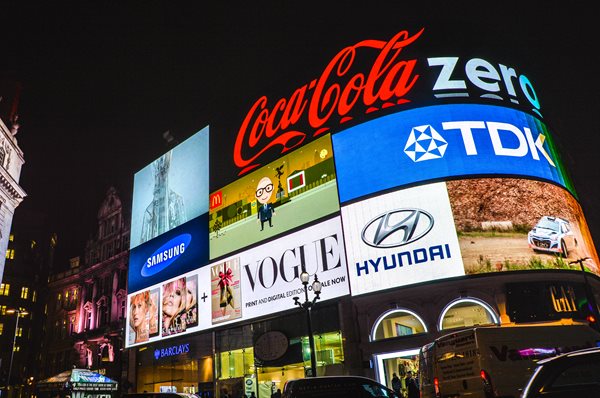
Yes, we see brands with no name. Now I know what you are thinking: “How can you have a brand and not know what its name is?” You won’t believe how often this happens. We have experienced several scenarios, including brands with sales over £100m, where there are significant un-resolved brand name/URL issues that generate ongoing problems, constantly under discussion but unresolved. In some cases even the brand name as used by the business itself is ambiguous. These issues sap time and energy from the companies in question and cost money in terms of getting in the way of ongoing brand communication.
How could they not have a brand name? Well to protect the (not so) innocent I am going to invent a brand name as it covers a few scenarios we have met. Imagine a brand called – say – ‘Red Sky’. Despite turning over millions, the business refers to itself as: Red Sky, RedSky, Red-Sky, Red-sky and Red Sky UK. That is in its own brand collateral. What’s more it makes – say – headphones. Why is it called Red Sky? Because the founder thought of the idea while watching a sunset in Cornwall with the headphones on. . .
What should they have done?
1. Used a process to develop a short, memorable name that looks viable as a URL (see below) and should be registerable. To be fair this is not a simple, short or painless process. At the Pull Agency we have developed a methodology that is thorough and logical, and goes through the steps in a disciplined way. You WILL end up with a workable name at the end of it that you can trademark though.
2. Created a logotype and registered it.
3. Created an identity around it, written brand guidelines for it and used the identity in a ruthlessly consistent way.
Obviously there is a lot more to ‘developing a short memorable name’ than we can cover here. We are currently exploring how AI can help – generative AI looks like a good tool to explore a lot of naming options in a time and cost-efficient manner.
And whatever you do – test your options on your target market and beyond if need be. Consider how your brand name sounds and will be spoken. The amount of research you need to do will be proportionate to the geography and languages you expect your brand to occur in. Whole books have been written on this subject, and stories of brands names that didn’t travel well are legion. It might be that you don’t expect your brand to travel beyond the boundaries of your own country – but remember – the Internet is global regardless of your intended geography, and national populations are increasingly linguistically and culturally diverse.
URL for your Brand Name

This has to match the brand name which can be very difficult. This is because - as if it isn’t hard enough to identify a distinct and ownable brand name - in parallel, you need to secure the right URL. However, if you can’t get a workable URL for your brand – go back to the brand name drawing board.
The Pull Agency for example was born as a digital marketing agency, and we were quite proud of securing both www.pulldigital.com and www.pulldigital.co.uk.
www.pull.com was already registered, but with no website sitting on the domain, it became apparent it was only available for (very) big bucks. When we dropped the ‘digital’ in our brand name, it looked as though www.pull.com would still cost a five – or even a six-figure sum. So we found a good solution in www.thepullagency.com – we were after all, most referred to as ‘The Pull Agency’.
Amazingly 1.13bn URLs have been registered, but only about 200m are in active use. So this means an awful lot of possible brand names have been taken out of play. Some may remember ICANN (global responsibility for domain names on the Internet) announcing new TLDs in 2011 (Top Level Domain Names). So as well as dot.com and dot.co.uk etc. there would be dot.restaurant and dot.london etc. These were supposed to open the field right up. But the new TLD names were much more expensive. For a vast sum (about £150k) you could even create your own TLD. So technically, Pepsi Cola for instance could have become ‘pepsi.cola’. At the Pull Agency at the time, we described this as a money grab, that due to uncertainty about SEO would never take off. It didn’t.
Our advice then, and our advice now is – if you can, get the dot.com for your brand name. If you are in the UK, second choice would be dot.co.uk, but preferably you want them both.
Changing your brand name
There are very few strong reasons to do this. The most common scenario is probably where historic local brand names (like ‘Marathon’ in the UK) get changed to harmonise with a name used in the rest of the world - ‘Snickers’ from Mars.
But sometimes your hand gets forced.
We advised Pull client Vevox when they were considering a very difficult dilemma. On start-up and before being advised by Pull, they chose the brand name ‘Meetoo’ for their online polling app. Unfortunately for them – and through no fault of their own –the #metoo movement took off. After weathering the confusion for a while, and in discussion with Pull we advised them to bite the bullet and change brand name.
Vevox went through a meticulous process to generate a new brand name. With a lengthy combination of brainstorming and diligence, they were able to select a name that was both redolent of what they did, and one of the few duo-syllabic dot.com domain names left. Painful, but four years on, I don’t think anyone is in any doubt that they did the right thing, and did it well.
URLS and Cybersquatting
In the event that you have a registered brand name, but someone is cybersquatting on ‘www.yourbrandname.com’, you can in theory start a claim for it. However, like any legal process, this could be both lengthy and expensive – with no certainty of outcome. Again we are often surprised to find clients in a situation where they know someone is sitting on the URL they need for their brand, but haven’t approached the registered owner. The irony is that is exactly what the cybersquatter registered the URL for. On the one hand you might say that they have you by the short and curlies. On the other, if you have a properly unique brand name, you are their market, and no one else – so the bargaining power is actually reasonably even. Go on – make them an offer. They may be asking less than you fear.
Social Handles
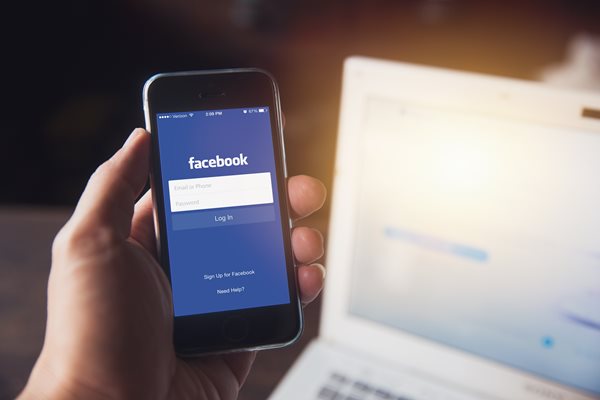
Much like your URL, you’ll also want to explore the availability of your brand name as a handle on any social media networks you wish your brand to be present on (either now, or in the future).
As above, @brandname should always be your first choice. If that’s not available, consider a few alternatives, such as @brandnameUK. But don’t paint yourself into a corner here - if there’s a chance you’ll want to expand to regional handles further down the line while retaining a ‘global’ account, the UK appendage could confuse matters.
Likewise, if your brand handle isn’t available, it can also be tempting to add a number, such as the date of your founding or some combination of hyphens and underscores. The problem with the first is that while 1986 may hold some significance to you and your brand, to consumers a collection of numbers at the end of a social media handle is quite often shorthand for spam or bot accounts. A further problem with the use of underscores and hyphens is just how hard it will be for your consumers and followers to easily recall and remember the correct combination when they’re searching for your accounts. In both cases, we’d suggest going back to that brand name drawing board once more.
And, just like URLs, cybersquatting on social handles is not uncommon, but the advice here is the same. If you don’t want to go through the time and expense of filing a claim for the handle (nor the pain of dealing with the social networks themselves), it’s always worth reaching out to the user directly.
Need help with your brand name URL or Social Handles?
Contact us at the Pull Agency for a chat. We will almost certainly have seen the issue you are facing before.
Posted 13 July 2023 by Chris Bullick